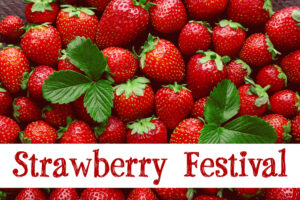Cirque Italia has reimagined it’s popular performance to include lighted water fountains, a pirate adventure, death-defying acts, and a chance for visitors to be part of the search for a buried treasure. Upcoming dates include Tallahassee shows February 17th-21st, Panama City Beach shows February 24th-27th, and Pensacola shows from March 3rd-6th. 
The Water Circus recommends that all guests wear a mask to events and is enforcing recommendations set by the CDC. Visit the official Cirque Italia website HERE for more information and to purchase tickets online.
 Interested in birding, photography, or learning about the natural world? Consider taking part in one of the upcoming Birding Walks at the Panama City Beach Conservation Park. The walk will be held twice this month on February 12th and again on February 19th from 7:30-9:30 am. The early morning walk will be led by a member of Bay County’s Audubon Society. Participants are not required to have their own binoculars but are encouraged to bring water. For more information, please contact the PCB Parks Department at (850)233-5045.
Interested in birding, photography, or learning about the natural world? Consider taking part in one of the upcoming Birding Walks at the Panama City Beach Conservation Park. The walk will be held twice this month on February 12th and again on February 19th from 7:30-9:30 am. The early morning walk will be led by a member of Bay County’s Audubon Society. Participants are not required to have their own binoculars but are encouraged to bring water. For more information, please contact the PCB Parks Department at (850)233-5045. 





 Today is National Groundhog Day, a popular North American tradition derived from a Pensalvanyia-Dutch superstition about groundhog shadows. Over the years, the tradition has grown into a cultural monolith in the United States and Canada. Groundhog Day was concieved in the 1880s with the infamous Punxsutawney Phil, who’s modern successor goes by the same name. Phil’s predicitions are reported with mock seriousness but the cultural signficance and genuine childhood enjoyment of the occasion brings it back year after year. Looking to view Phil’s emergence from his burrow? Tune in online
Today is National Groundhog Day, a popular North American tradition derived from a Pensalvanyia-Dutch superstition about groundhog shadows. Over the years, the tradition has grown into a cultural monolith in the United States and Canada. Groundhog Day was concieved in the 1880s with the infamous Punxsutawney Phil, who’s modern successor goes by the same name. Phil’s predicitions are reported with mock seriousness but the cultural signficance and genuine childhood enjoyment of the occasion brings it back year after year. Looking to view Phil’s emergence from his burrow? Tune in online 